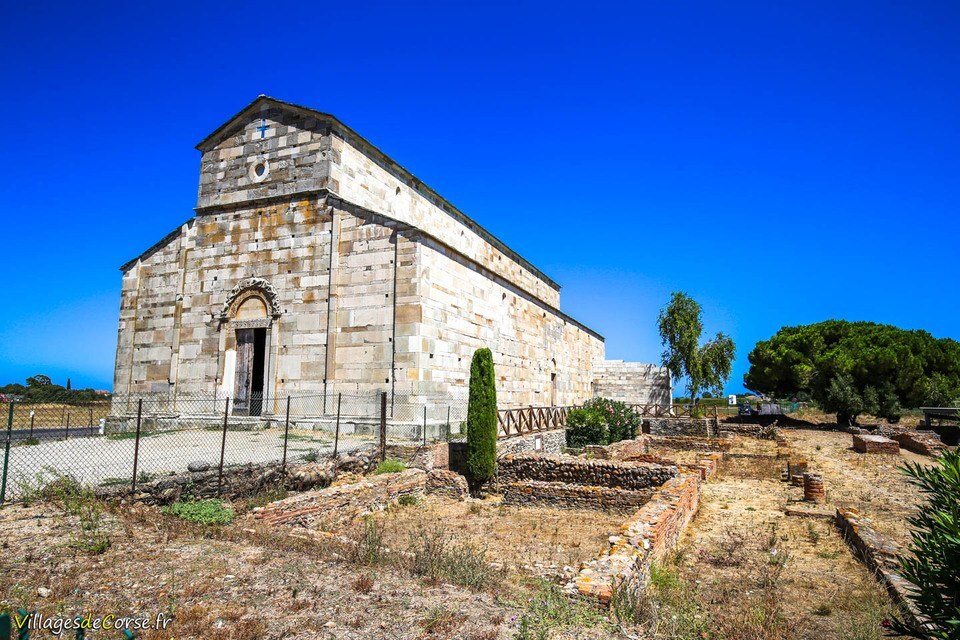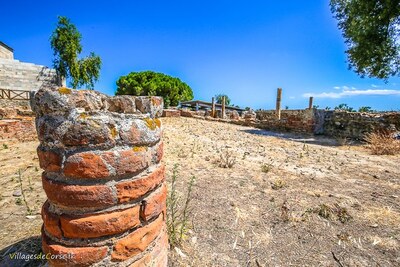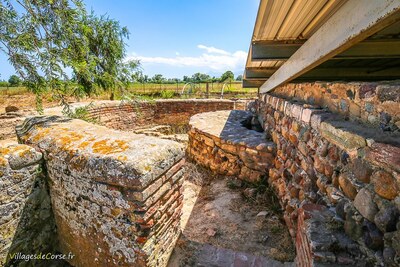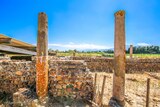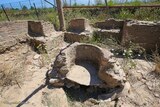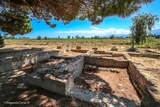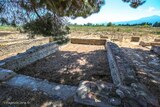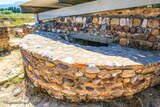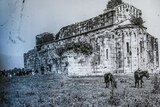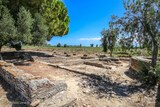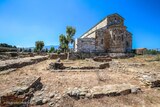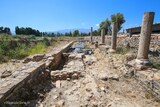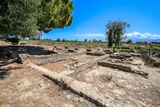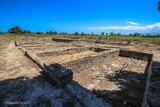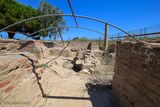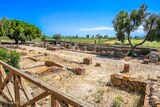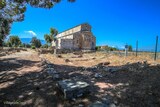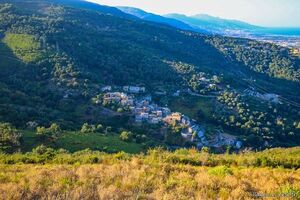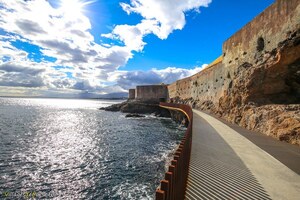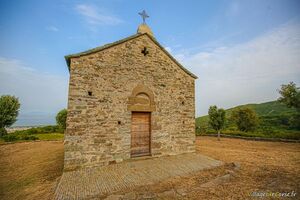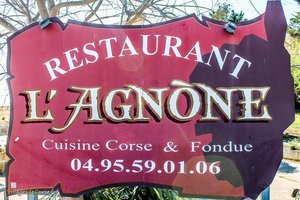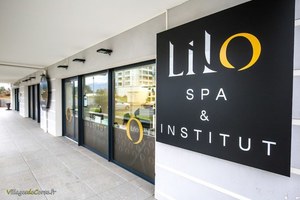- Heritage
- Grand Bastia
- Castel
Ancient Roman City of Mariana in Lucciana
A Site Steeped in History
The ancient site of Mariana - named after General Marius - has been the subject of several archaeological excavations spanning nearly a century. Remnants and artifacts found on site (ceramics, glassware) have revealed the presence of a Roman colonization over 2000 years ago. It is adjacent to the Church of Canonica - Santa Maria Assunta - on the edge of the D107, a few hundred meters (as the crow flies) from Poretta Airport. The site is open to the public and has an information point at the entrance.
Ancient Roman City
Located in the commune of Lucciana south of Bastia, the site was occupied by a Roman colony in the first century BCE under the command of Marius Caius, a Roman general and consul. Relatively small in size (about thirty hectares), the ancient city of Mariana - which reached its peak in the 2nd and 3rd centuries - was discovered in 1936 by archaeologists Louis Leschi and Albert Chauvel. Its remains are dated between the 4th and 5th centuries. The remaining part extends over approximately 160 meters in length.
Plan and Architecture of the City
The city was traversed by a street that constituted the central alley with porticoes supported by columns. On the eastern part of the city, insulae were constructed successively. These could have served as residences in the sense of property, places of commerce, or even public baths.
Outside the city, there are ruins of mausoleums as well as structures likely intended for burials.
The Origins of Christianity in Corsica
The site marks the beginnings of the Christian era on the island. In the 1960s, researcher and archaeologist Geneviève Moracchini-Mazel took a particular interest in the ruins of a paleo-Christian complex dated to the late 4th century and located on the site of ancient Roman baths. It was composed of a basilica with its three naves and semi-circular apse, as well as a baptistery. The floor was covered with a mosaic created by artists from northern Italy, a part of which is now preserved in a secure location. Also noteworthy is the nearby funerary Church of San Parteo.
The Church of Canonica - Santa Maria Assunta
The Cathedral of Our Lady of the Assumption, or Church of Canonica, was built several centuries later. It was consecrated by the Archbishop of Pisa in 1119 and has undergone restoration.
Creation of the Mariana Museum - Rainier III of Monaco
Driven by the municipality of Lucciana, regional stakeholders, and scientific and archaeological research centers, the Mariana archaeological museum will be established with the aim of preserving, promoting, and transmitting the cultural heritage of the area.
It will be named Prince Rainier III of Monaco, due to the twinning between the municipality of Lucciana and the Monegasque principality.
Discovery of a Pagan Sanctuary
More recently, in 2017 on the same site, a team from INRAP (National Institute for Preventive Archaeological Research) uncovered the remains of a mithraeum, a sanctuary dedicated to Mithra, a deity from Persian or Indo-Iranian mythology dating back to the 2nd millennium BCE, whose cult was widespread at the beginning of the Roman Empire. Artifacts such as oil lamps, statuettes, bronze bells, were unearthed in very good condition.
The disappearance of the Roman Empire's pagan cult may coincide with the rise of Christianity, designated as the state religion under Emperor Constantine and later enforced within the Roman Empire by Theodosius through a decree aimed at banning paganism. Fragments of steles and signs of fire may indicate a deliberate destruction of these pagan representations. In light of these new findings, researchers are seeking to determine whether the two cults could have coexisted or if they followed one another, and under what circumstances.
